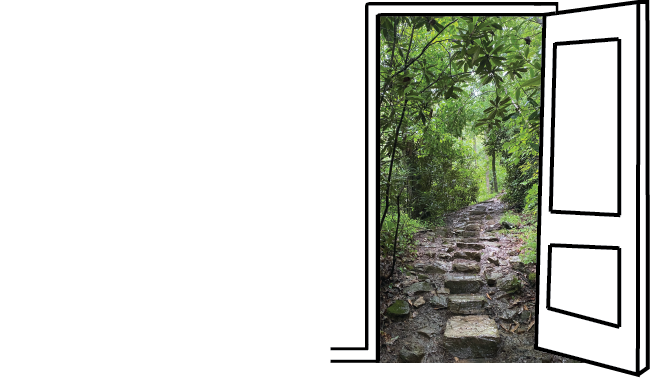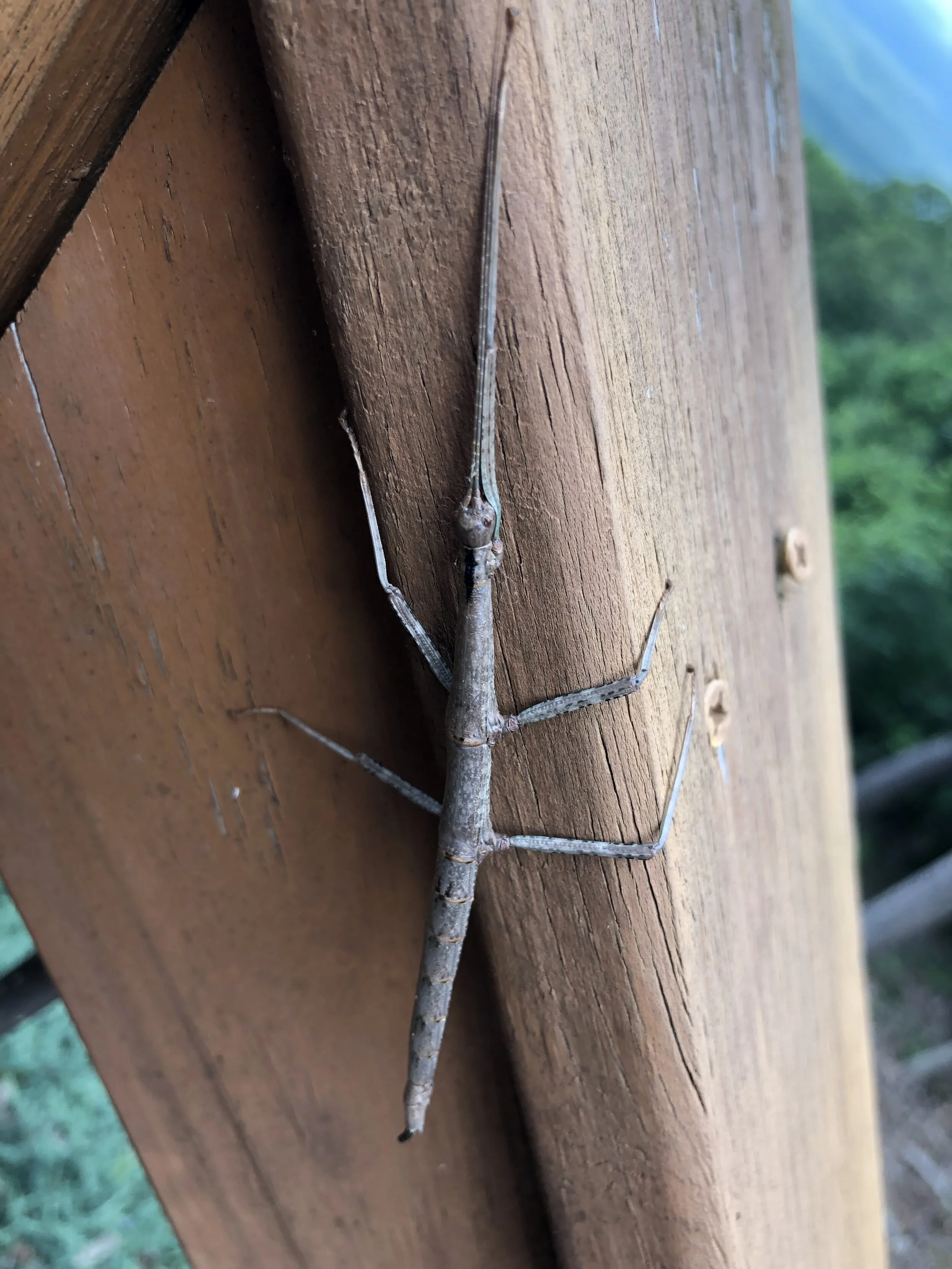Why is that stick moving?
Stick-bugs, stick insects, walking sticks-they are all the same insect and they belong to the phasmida
family. There are over 3,000 species of stick-bugs ranging from about one half inch to twenty one inches
in length.
They are tasty to birds, bats, reptiles and small mammals so they need a way to protect themselves.
Camouflage to the rescue!
The body structure and coloring of the stick-bug allows it to blend in to look like the twigs and branches that they call home. They are herbivores and eat the leaves
of the trees they are hiding in. Each species has adapted to look like the trees native to their area, some are actually pink! They are truly masters of camouflage!
Here is a fun and easy way to get to know a bit more about how a stick-bug camouflages:
Hide your Stick Bug Activity
Materials Needed:
Marker
Pipe cleaners (brown, black, green)
Wiggly eyes and glue to attach (optional)
A stick sturdy enough to manipulate (preferably a Y-shaped stick so you don’t need to make antennae)
Directions:
Find a stick to use as your stick insect-sturdy sticks work best
Add pipe cleaner legs-insects have 6 legs-just twist around stick
Add pipe cleaner antennae (2)-just twist around ‘head’ (if you don’t have a Y stick)
Glue on two small wiggly eyes or use a marker to draw them on
Now you are ready to have some fun and play the Stick-Bug Game!
Set up some parameters for the game (example-only front yard) Hide your stick-bug somewhere (preferably in a tree or bush) and challenge a friend to find it in a given amount of time. Take turns hiding the insects and finding them. Who can find in the fastest time? Whose stick-bug was the hardest to find? What if you used pink or red pipe cleaners for the legs? Try using bright colors for legs on a few and see if it makes a difference.



